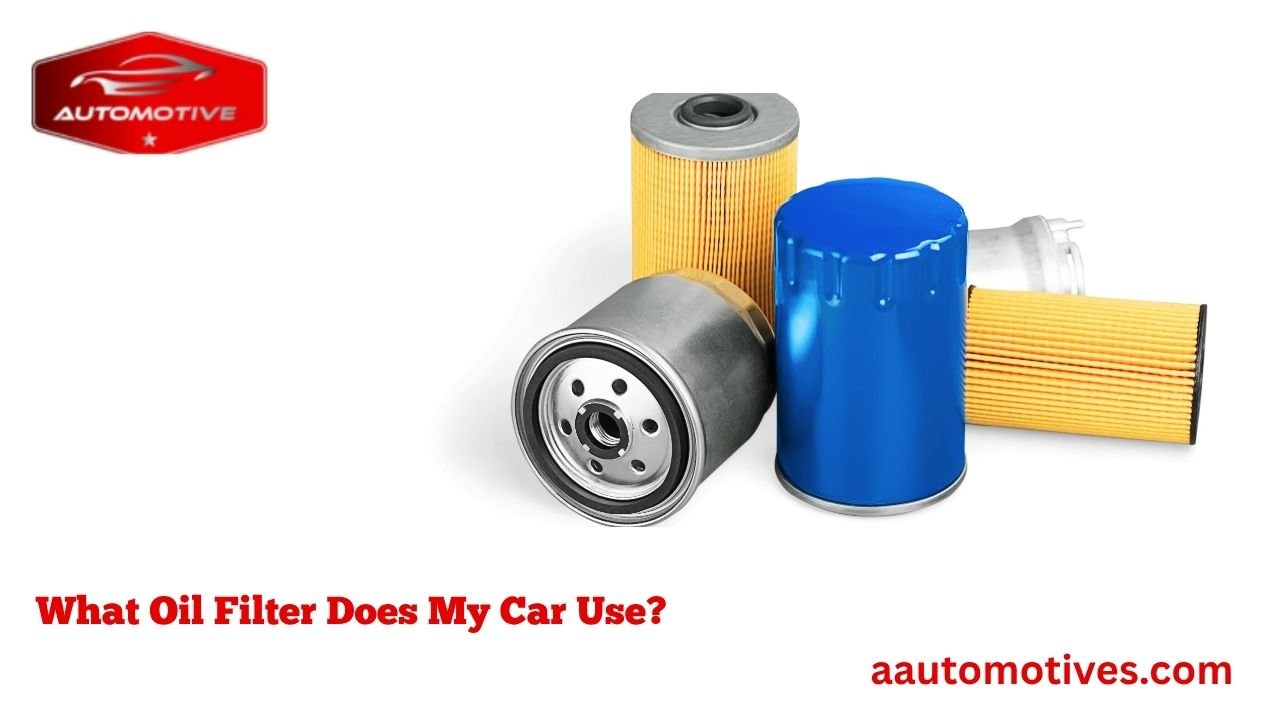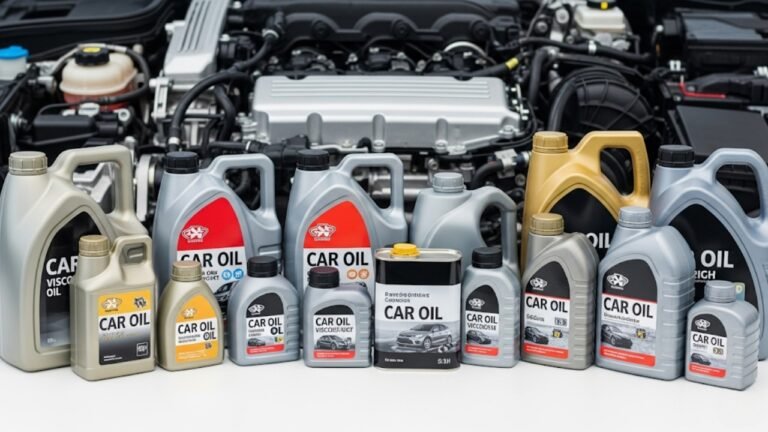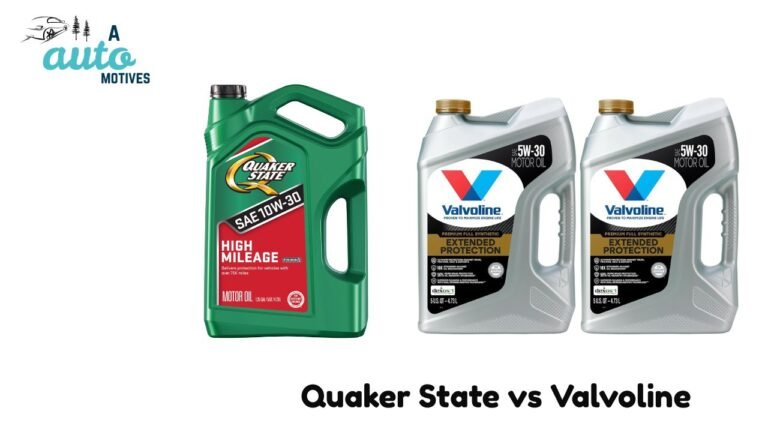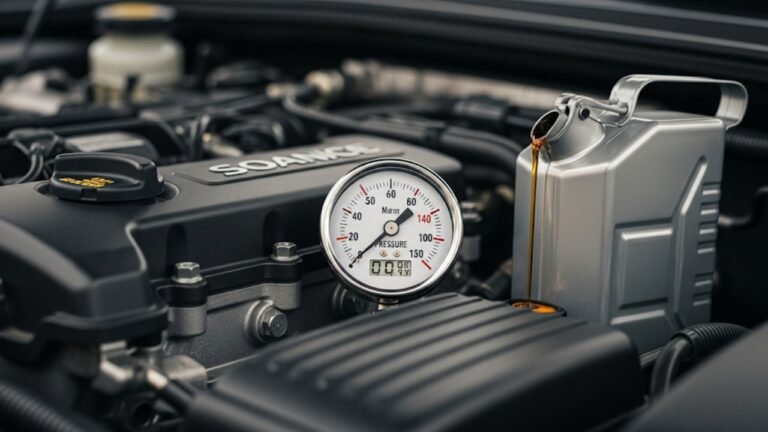What Oil Filter Does My Car Use?

I remember the first time I stood in the auto parts aisle, staring at a wall of oil filters. Each one looked like the last. Same size, same shine, same brand stickers. But the big question echoing in my mind was, “what oil filter does my car use?”
It felt overwhelming, especially when you just want to do something as basic as change your oil. You don’t want to buy the wrong filter, risk damage, or waste money. This guide is here to help you cut through that confusion. I’ll walk you through every detail, just like a good friend would if we were chatting over coffee or working on our cars in the garage.
Whether you’re a DIY car lover or just someone trying to save on mechanic bills, understanding what oil filter your car uses makes a big difference. Let’s break it down in plain, friendly language—with tips, stories, and tools to help you figure it out confidently.
In This Article
- 1 Why Oil Filters Matter More Than You Think
- 2 The Basics: How to Identify the Right Oil Filter for Your Car
- 3 Types of Oil Filters and What They Do
- 4 OEM vs. Aftermarket: Which One Should You Trust?
- 5 Personal Story: When I Used the Wrong Filter
- 6 Tools to Help You Find the Right Filter
- 7 How Often Should You Replace Your Oil Filter?
- 8 Common Signs You’re Using the Wrong Oil Filter
- 9 What Oil Filter Does My Car Use: Real-Life Examples
- 10 Choosing Between Budget and Premium Filters
- 11 Oil Filter Myths That Need Busting
- 12 Final Thoughts: Trust Your Tools, But Also Your Gut
Why Oil Filters Matter More Than You Think

Think of your engine as your body and the oil as blood. The oil filter? That’s your liver. It removes dirt, metal particles, and gunk. If it’s the wrong one, it’s like asking your liver to filter with a spoon. So yes, picking the right oil filter is more than just checking a box.
I’ve seen friends blow engines from cheap filters or the wrong ones. Some thought “a filter’s a filter.” That’s a costly mistake. Using the wrong filter can cause oil leaks, reduced pressure, or even total engine failure. And trust me, nobody wants to deal with that stress or expense.
Here’s what a good oil filter does:
-
Traps harmful debris before it reaches your engine
-
Keeps oil clean for thousands of miles
-
Maintains proper pressure in the lubrication system
This is why asking “what oil filter does my car use” is one of the smartest things you can do.
The Basics: How to Identify the Right Oil Filter for Your Car
Finding the right oil filter isn’t guesswork—it’s about knowing your car and using the right tools.
Let’s start simple. Here are the three key things you need:
-
Your car’s make, model, and year
-
Your engine type (4-cylinder, V6, etc.)
-
An oil filter guide or parts lookup tool
Most auto parts stores have a lookup kiosk. You punch in your vehicle details, and boom—it tells you the exact part number. You can also use online databases like:
-
Manufacturer websites (like Fram, Bosch, or K&N)
-
Retailers like AutoZone, Advance Auto Parts, or RockAuto
Another trick? Your car owner’s manual. It lists the original filter specs. Sometimes the part number, sometimes just the type.
But remember—different trims or engine options can mean different filters. For example, a 2018 Honda Civic LX might need a different filter than a 2018 Civic Sport. Always double-check.
Types of Oil Filters and What They Do
Not all oil filters are created equal. Some are basic; some are engineered like a NASA project. Here are the common types:
| Type | Best For | Key Features |
|---|---|---|
| Standard (Canister) | Everyday drivers | Affordable, reliable, easy to replace |
| High-performance | Sports cars or hard-driving conditions | Synthetic media, longer life, better flow |
| Extended life | Long oil change intervals (7,500+ miles) | Holds more contaminants, premium build |
| Cartridge filters | European & newer models | Replace just the media, eco-friendly |
Each has a purpose. Don’t just go by brand—go by compatibility and driving habits. For my old Toyota Camry, I always used a mid-range canister from Bosch. But for my new turbocharged Mazda? I use a high-performance synthetic filter from K&N. Why? Because that engine runs hotter and needs top-tier filtration.
Here’s a tip from experience: if you drive in stop-and-go traffic, live in a dusty area, or tow things often—go with something better than just the cheapest option.
OEM vs. Aftermarket: Which One Should You Trust?
This one sparks debates like Ford vs. Chevy. Should you stick with the Original Equipment Manufacturer (OEM) filter? Or are aftermarket brands just as good—or better?
OEM filters are made by or for your car’s brand. If your car is a Ford, the Motorcraft filter is probably OEM. They’re a safe bet. They match factory specs, and they work. But they’re not always the most advanced.
Aftermarket filters (like WIX, Purolator, Fram, or Mobil 1) can offer:
-
Better materials
-
Improved filtration
-
Longer life
I’ve used both. On my Subaru, the OEM filter worked fine. But when I switched to a synthetic Mobil 1 filter, I noticed smoother starts in cold weather. Coincidence? Maybe. But I trust my gut—and it felt better.
Still, don’t go with no-name knockoffs. If it’s a $2 filter from an unknown brand, ask yourself: is your engine worth the risk?
Personal Story: When I Used the Wrong Filter
I made this mistake so you don’t have to.
A few years ago, I was rushing through an oil change on my old Jeep Wrangler. I grabbed what looked like the right filter—same thread, same size. I screwed it on, changed the oil, and hit the road.
Ten minutes in, I noticed a burning smell. Pulled over. Oil everywhere.
Turns out, that filter was almost the same size—but not quite. The gasket didn’t seal properly. It leaked the moment pressure built up. That mistake cost me a tow and a day off work.
Moral of the story? Always confirm the exact filter—and don’t rely just on your eyes. Trust the specs, not assumptions.
Tools to Help You Find the Right Filter
You don’t need to memorize part numbers or have a mechanic’s brain. You just need the right tools.
Here are some of the best resources I use regularly:
-
Car owner’s manual – always the first place to check.
-
Online filter lookup tools:
-
Bosch Auto Parts Finder
-
Fram Lookup Tool
-
WIX Filter Lookup
-
-
Retailer websites:
-
AutoZone
-
Advance Auto Parts
-
O’Reilly Auto
-
RockAuto (has diagrams and specs too!)
-
-
Mobile apps – like myCarfax or AUTOsist to track maintenance
Bonus tip: write your filter number on a sticky note and keep it in your glove box. Next time you change oil, it’s right there.
How Often Should You Replace Your Oil Filter?
A lot of folks ask me, “Do I need to change my oil filter every time I change my oil?” The short answer? Yes. Always.
Changing just the oil but not the filter is like putting fresh coffee in a dirty mug. Sure, the coffee’s new, but it’s still going to taste off. Your filter holds all the junk from the old oil—metal bits, carbon sludge, and grime. If you leave it in, that gunk goes right back into the new oil. Defeats the whole purpose.
Most experts recommend changing your oil filter every 3,000 to 5,000 miles, or whenever you do an oil change. If you’re using synthetic oil and going longer between oil changes (like 7,500 or even 10,000 miles), then you’ll need a high-quality filter that can last that long without clogging.
From my own habit, I change both oil and filter every 5,000 miles. I use full synthetic oil and drive a mix of highway and city. Works like a charm.
Common Signs You’re Using the Wrong Oil Filter
It’s easy to miss the signs of a bad or incorrect oil filter until it’s too late. But your car will try to warn you—if you’re paying attention.
Here are a few red flags:
-
Oil leaks near the filter or underneath the car
-
Low oil pressure light on your dashboard
-
Strange engine noises, like ticking or grinding
-
Dirty oil, even right after a change
-
Burning smell coming from the engine
These signs usually mean the oil isn’t circulating properly—or worse, your engine isn’t being lubricated. And if that happens, you’re playing with fire (and pistons).
I once used a filter with a faulty anti-drain back valve. After sitting overnight, the oil would drain out of the engine. So, every cold start sounded like my engine was screaming. Swapped it for a higher-quality filter, and it was silent again.
Lesson learned: don’t ignore small warning signs. They always lead to bigger problems.
What Oil Filter Does My Car Use: Real-Life Examples
Let’s take a look at a few popular car models and the oil filters they typically use. Remember—always verify with your vehicle’s specs, but these are great reference points:
| Car Model | Engine Type | Recommended Oil Filter |
|---|---|---|
| 2019 Toyota Corolla | 1.8L I4 | Fram PH4967, Bosch 3330 |
| 2020 Honda Accord | 1.5L Turbo | K&N HP-1010, WIX WL10083 |
| 2018 Ford F-150 | 3.5L EcoBoost | Motorcraft FL-500S, Fram XG10575 |
| 2021 Subaru Outback | 2.5L H4 | Subaru OEM 15208AA15A, Purolator PL14610 |
| 2017 Chevrolet Malibu | 1.5L Turbo | ACDelco PF64, Mobil 1 M1-113A |
Again, these are general guides, not gospel. Use them to start your search, but always plug your VIN into an online lookup for the best match.
Choosing Between Budget and Premium Filters
Let’s talk budget. You’ll find oil filters ranging from $3 to $20+. Does that mean expensive = better?
Not always. But in most cases, you get what you pay for.
Here’s a quick breakdown to help:
Budget Filters ($3–$6)
-
Basic protection
-
Shorter lifespan
-
Not ideal for synthetic oils or extended intervals
Mid-Range Filters ($7–$12)
-
Good filtration quality
-
Balanced for most driving needs
-
Ideal for conventional or synthetic blends
Premium Filters ($13–$20+)
-
High-efficiency synthetic media
-
Longer life (up to 15,000 miles)
-
Best for full synthetic oils and modern engines
When I drove an older sedan, I used basic filters and changed oil every 3,000 miles. It was cheap and worked. But with my newer car? I spend the extra few bucks on a premium filter. The peace of mind is worth it.
Oil Filter Myths That Need Busting
You know those rumors that spread in garages and forums? Let’s clear the air. These are some of the biggest myths about oil filters:
-
“All filters are the same.”
Nope. Different materials, flow rates, and bypass valves make a big difference. -
“You don’t need to change the filter every time.”
False. Leaving the old filter is like showering and putting on dirty socks. -
“If it fits, it works.”
Wrong. Filters must match flow rate, pressure specs, and gasket alignment. -
“Aftermarket filters void your warranty.”
Not true. As long as it meets OEM specs, your warranty is safe under federal law (Magnuson-Moss Warranty Act).
Don’t believe everything you hear in a parking lot. Stick to facts—and personal experiences that match real-world results.
Final Thoughts: Trust Your Tools, But Also Your Gut
At the end of the day, the question “what oil filter does my car use” is about more than part numbers. It’s about knowing your vehicle, trusting quality, and respecting your engine enough to protect it.
I’ve made mistakes in the past—wrong filters, skipped changes, cheap parts. But each one taught me something. And now, when someone asks for advice, I always say:
-
Know your car.
-
Don’t go cheap where it counts.
-
Double-check everything—even if it looks right.
Changing your own oil is empowering. Picking the right filter is part of that journey. So next time you walk into an auto shop, you won’t be guessing. You’ll know exactly what you need—and why it matters.






